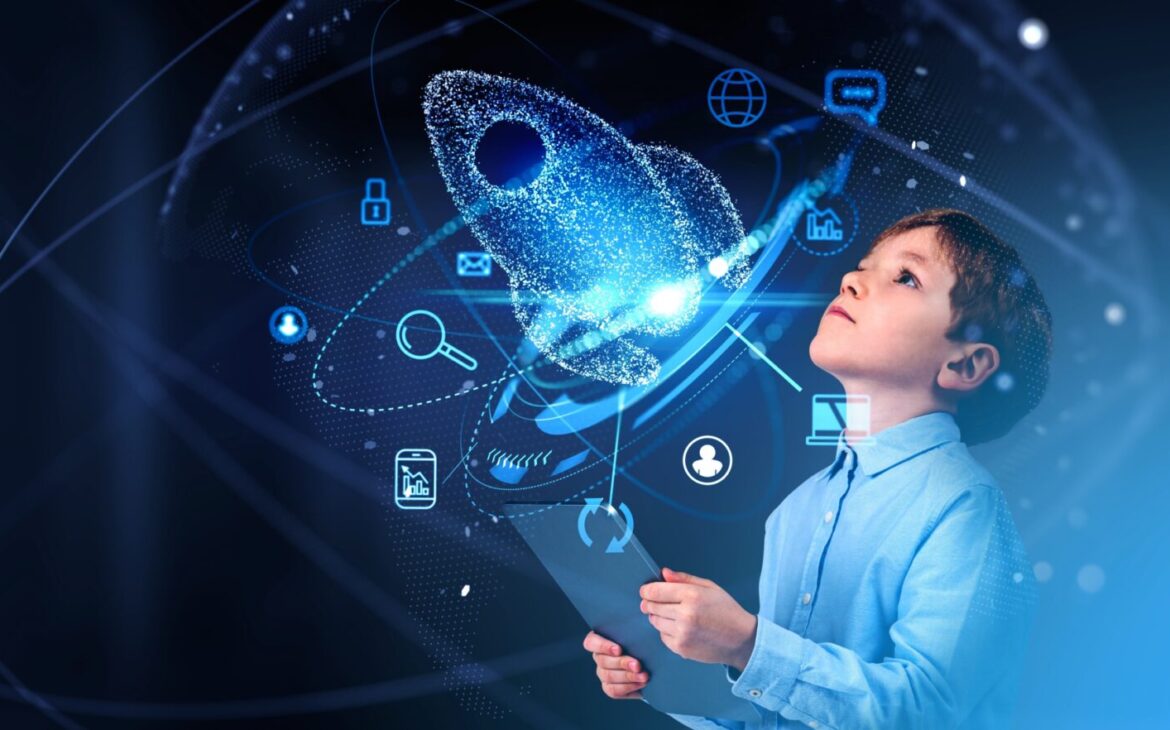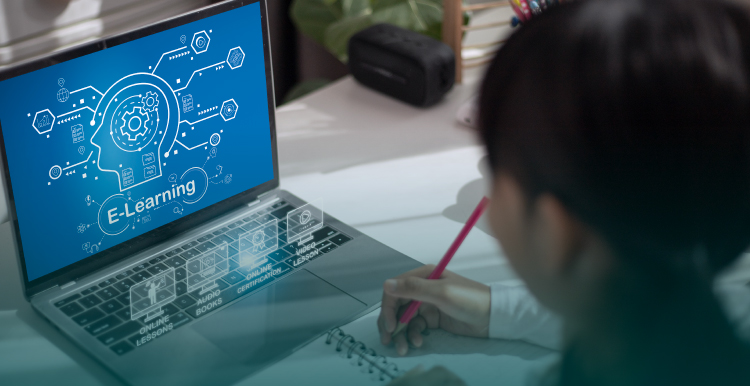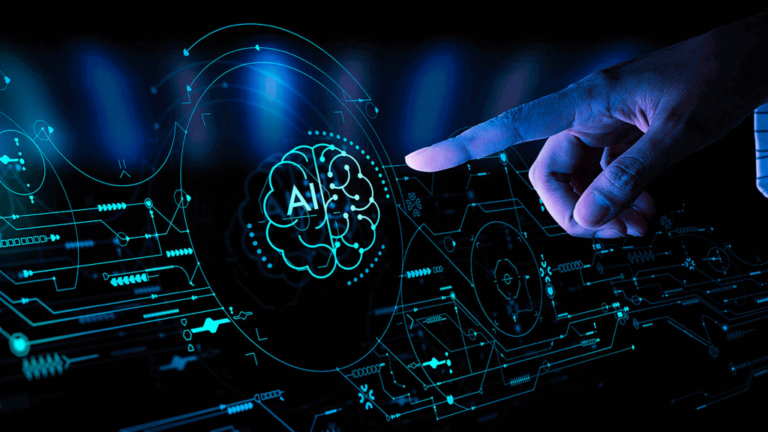Introduction to the use of technology in education

The classroom has come a long way from dusty chalkboards and long, monotonous lectures. With the rapid rise of technology, education is undergoing a remarkable transformation. Today’s students are digital natives, growing up in an era where smartphones and tablets are second nature. This shift presents exciting opportunities for both learners and educators alike.
Gone are the days when learning was confined to textbooks and rote memorization. Technology is now at the forefront of enhancing educational experiences, creating dynamic environments that foster engagement and creativity. As we delve into how technology is revolutionizing the classroom, you’ll discover how it enriches learning while addressing various challenges along the way. Buckle up for a journey through today’s innovative learning landscapes!
Benefits of technology in the classroom
Technology in the classroom transforms traditional learning into an engaging experience. Interactive tools breathe life into lessons, making concepts easier to grasp.
Students can explore complex subjects through multimedia presentations and simulations. This enhances their understanding and retention of information.
Collaboration becomes seamless with tech integration. Group projects thrive when students use online platforms to share ideas and resources instantaneously. This teamwork fosters critical thinking skills as they navigate diverse viewpoints.
Personalized learning is another significant advantage. With adaptive software, educators can tailor lessons to meet individual needs. Students progress at their own pace, ensuring no one gets left behind.
These benefits create a dynamic environment where creativity flourishes and curiosity ignites, ultimately preparing learners for real-world challenges ahead.
– Enhancing learning experiences
Technology has transformed the way students engage with information. Traditional textbooks are being replaced by dynamic digital content that captivates young minds.
Interactive simulations and educational games make learning not just informative but also enjoyable. Students absorb knowledge more effectively when they can explore concepts through immersive experiences.
For instance, virtual field trips allow learners to visit historical sites or natural wonders without leaving their classrooms. This hands-on approach deepens understanding and sparks curiosity.
Additionally, multimedia resources cater to different learning styles. Visual aids, audio clips, and interactive elements support diverse needs in a single lesson.
As technology evolves, so does its potential to create enriched environments for discovery and exploration. The classroom becomes a vibrant space where ideas come alive, fostering an enthusiasm for lifelong learning among students.
– Encouraging collaboration and critical thinking

Technology creates an environment where students can collaborate seamlessly. With tools like Google Classroom and Microsoft Teams, learners can work together on projects regardless of their physical location. This fosters a sense of community and shared responsibility.
When students engage with technology, they often find themselves tackling real-world problems. Through group discussions in online forums or collaborative document editing, critical thinking is naturally encouraged. They learn to analyze information from multiple sources before arriving at conclusions.
Moreover, interactive software challenges students to solve complex issues as a team. Gamification elements can turn learning into an exciting adventure that requires strategic planning and creative solutions.
This dynamic interaction not only enhances social skills but also prepares them for future workplaces where teamwork and innovation are key. Technology transforms the classroom into a vibrant hub for developing essential life skills.
– Personalized learning opportunities
Personalized learning opportunities are transforming how students engage with education. Technology tailors the learning experience to individual needs, interests, and paces.
With adaptive software, learners receive customized content that matches their skill levels. This approach helps them grasp concepts more effectively than traditional methods.
For instance, platforms like Khan Academy allow students to progress through lessons at their own speed. If a student struggles with algebra, they can spend extra time on that topic without feeling rushed.
Moreover, data analytics provide teachers insights into each student’s performance. This information empowers educators to adjust lesson plans or offer additional resources based on specific requirements.
As a result, students take ownership of their learning journey. They become more motivated when they see direct connections between technology use and personal achievements in the classroom setting.
Examples of technology being used in classrooms
Classrooms today are vibrant hubs of innovation, thanks to technology. One standout example is virtual and augmented reality. These immersive tools transport students beyond the traditional four walls, allowing them to explore everything from ancient civilizations to distant planets.
Online learning platforms have also transformed education. They provide flexible access to resources and courses, enabling students to learn at their own pace. This adaptability caters especially well to diverse learning styles.
Interactive whiteboards and tablets enhance engagement during lessons. Teachers can display dynamic content that captures student interest while encouraging active participation through quizzes and collaborative projects.
Incorporating these technologies not only enriches the educational experience but also prepares students for a tech-savvy future. Each tool serves as a bridge between theoretical knowledge and practical application, making learning both relevant and exciting for young minds everywhere.
– Virtual and augmented reality
Virtual and augmented reality (VR and AR) are transforming the way students engage with their lessons. These immersive technologies bring abstract concepts to life, allowing learners to explore environments they might never visit in person.
Imagine stepping into a virtual ancient civilization or navigating the human body in 3D. This hands-on experience not only captivates attention but also deepens understanding. Students can visualize complex systems, making learning more impactful.
Moreover, AR overlays information onto real-world settings. For instance, using a tablet, students can see interactive models of historical landmarks right from their classroom desks. Such experiences foster curiosity and encourage exploration beyond textbooks.
The potential for VR and AR in education is vast. By integrating these tools, educators create dynamic learning spaces that inspire creativity and innovation among students.
– Online learning platforms
Online learning platforms have transformed traditional education by offering flexibility and accessibility. Students can learn from anywhere, breaking the geographical barriers that once limited educational opportunities.
These platforms provide a wealth of resources. From interactive videos to quizzes and discussion forums, learners engage with content in varied ways. This variety caters to different learning styles, making it easier for students to grasp complex concepts.
Moreover, online learning fosters self-paced education. Learners can take their time with challenging subjects or speed through material they find easier. This personalized approach encourages mastery over mere completion.
Teachers also benefit from these tools. They can track student progress in real-time, allowing for timely interventions when necessary. Additionally, educators gain access to a global community of peers and resources that enrich their teaching practices.
As technology continues evolving, online learning platforms are becoming increasingly sophisticated—enhancing engagement and comprehension across diverse student demographics.
– Interactive whiteboards and tablets
Interactive whiteboards and tablets are reshaping how lessons unfold in today’s classrooms. These tools bring a dynamic touch to learning, allowing teachers to present material in engaging ways.
Imagine students actively participating in discussions while manipulating images on a large screen. Interactive whiteboards not only display content but also encourage collaboration among peers. They turn passive learners into active contributors.
Tablets further enhance this experience by providing personalized access to resources and applications. Students can explore subjects at their own pace, diving deeper into topics of interest or revisiting challenging concepts.
The integration of these technologies fosters an environment where creativity thrives. Classrooms become spaces for innovation as learners experiment with digital projects, simulations, and interactive exercises that capture their attention like never before.
Challenges and concerns with implementing technology in the classroom
Integrating technology into the classroom isn’t without its hurdles. One major concern is access. Not all students have equal opportunities to use devices or reliable internet at home. This digital divide can lead to disparities in learning.
There’s also the issue of teacher training. Many educators feel unprepared to implement new tools effectively. Without proper guidance, technology can become more of a distraction than a teaching aid.
Privacy and security are other significant worries. With increased data collection comes the responsibility to protect sensitive information about students and their families.
Moreover, some argue that excessive screen time may negatively affect attention spans and face-to-face interaction skills. Balancing tech use while fostering traditional learning methods remains a tricky endeavor for educators everywhere.
How teachers can effectively integrate technology into their lessons
Integrating technology into lessons can seem daunting, but it doesn’t have to be. Start small by incorporating one new tool at a time. Choose technology that complements your curriculum and enhances student engagement.
Utilize interactive platforms like Google Classroom or Edmodo for assignments and discussions. This fosters communication beyond the classroom walls.
Encourage students to collaborate on projects using tools such as Microsoft Teams or Slack. These platforms help build teamwork skills while allowing them to become comfortable with digital collaboration.
Don’t forget about gamification! Incorporate educational games and quizzes through apps like Kahoot! or Quizlet to make learning fun and competitive.
Always gather feedback from your students. Ask them what they enjoy or find challenging about the technology used in class. Their insights can guide future integration efforts effectively.
The future of technology in education
The landscape of education is evolving rapidly, influenced by the advancements in technology. As we look ahead, it’s clear that classrooms will continue to transform into dynamic environments where learning knows no bounds.
We can expect even more innovative tools and platforms designed to enhance educational outcomes. Artificial intelligence may play a significant role, personalizing learning experiences for each student based on their unique needs and preferences. Imagine adaptive software that adjusts difficulty levels or suggests resources tailored specifically for every learner.
Moreover, the integration of gamification could make lessons more engaging. Educational games can motivate students while teaching essential concepts in an enjoyable manner. This approach not only captures attention but also fosters deeper understanding.
Collaboration among students may become easier with cloud-based tools allowing real-time interaction regardless of geographical barriers. Students from different parts of the world might work together on projects, sharing diverse perspectives that enrich their education.
It’s likely we’ll see greater accessibility as well. Technology has the potential to bridge gaps for underserved communities by providing access to quality educational materials online. With affordable devices becoming increasingly available, more learners around the globe can benefit from digital resources.
As educators embrace these technological advancements thoughtfully and purposefully, they will create rich learning experiences that prepare students for a future full of possibilities—one where knowledge is accessible, collaborative efforts flourish, and critical thinking skills are honed daily within a tech-enabled classroom environment.











